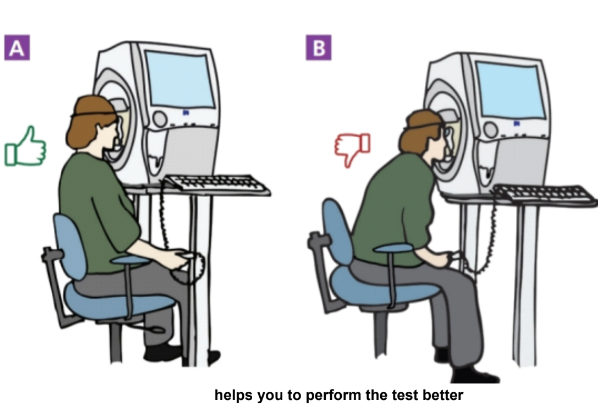The Ultimate LASIK Surgery Guide: Everything You Need to Know.
LASIK surgery has become a popular choice for individuals seeking to correct their vision and reduce dependency on glasses or contact lenses. This comprehensive guide aims to provide you with a detailed understanding of LASIK surgery, from its introduction to the procedure itself, pre-operative evaluations, post-operative care, and potential side effects.




